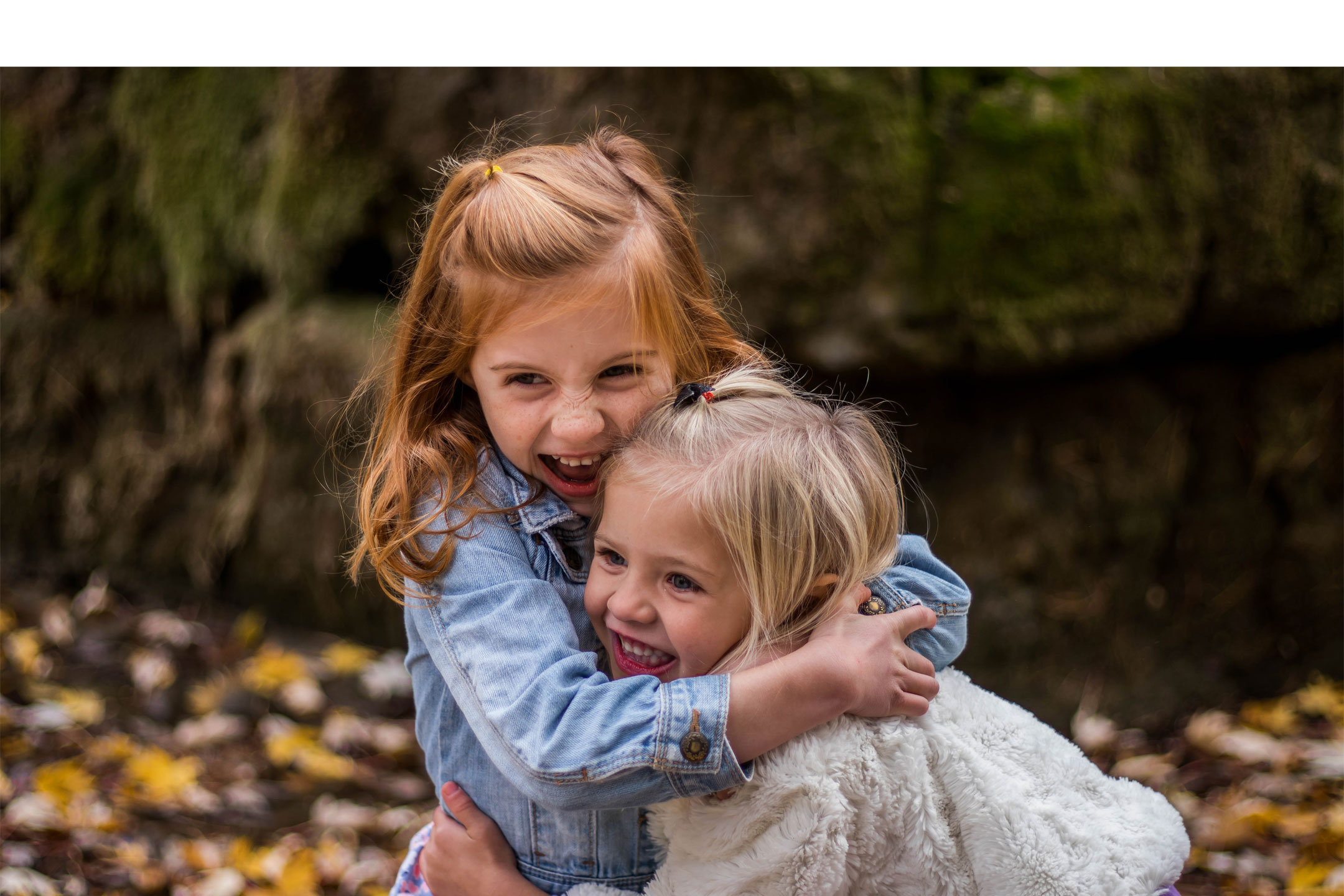
20 Jun Space Invaders!
Lavinia Day reports personal space seemed to be missing with some of the younger kids in her child’s class and her daughter’s friends come just a bit too close too often!
As adults, we feel uncomfortable when someone we are talking to stands too close. I used to put it down to their apparent blindness but perhaps it was just that they had never been told about invading a persons ‘space’.
When Skye came home from school complaining about her friend Amy being too aggressive towards her with her hugging and touching, I had the ‘talk’ about her ‘personal space’, something all kids should have learnt by the time they are at school!
Personal safety is all about personal space and parents should be the one to show their kids by example. Here are some ideas to help if you are finding this is a problem for your child:
-
Talk about personal space
- Let kids know when we need to get into their personal space eg “can I give you a hug?”
- Let kids hear and see you doing this with other kids and adults
- Ask kids if we can get into their personal space and explain why
- Teach them to recognise their own personal space
Depending on the situation, teach your child to:
- Back up or walk away
- Ask (or tell) the person to back up/stop touching
- Find an Adult for help
-
Using the ‘space bubble’ to learn expected behaviour
There are some ways you can teach a child what personal space is by using the ‘space bubble’ and demonstrate this with something circular that they can imagine around their body such as a hula-hoop.
For smaller children, parents can look at books such as:
 Let’s Talk About Body Boundaries, Consent and Respect
Let’s Talk About Body Boundaries, Consent and Respect
Available through Amazon or from Early Childhood Australia AUD$ 12.71
Teaching young children about body boundaries, both theirs and others are crucial to a child’s growing sense of self, their confidence and how they should expect to be treated by others. A child growing up knowing they have a right to their own personal space gives that child ownership and choices as to what happens to them and to their body.
It is equally important a child understands, from a very young age, they need to respect another person’s body boundary and ask for their consent when entering their personal space.
This book explores these concepts with children in a child-friendly and easily-understood manner, providing familiar scenarios for children to engage with and discuss. Also included are in-depth Discussion Questions for parents, caregivers and educators to further enhance the learning and to initiate important conversations around body boundaries, consent and respect. For children ages 4 to 10.
Reviewed: by Toni Guyton (Goodreads)
An excellent book to teach younger kids about body boundaries. I would say this is great to start in preschool and possibly up to second or third grade (depending on maturity level), but after that, this book may seem a little too young for the bigger kids.

